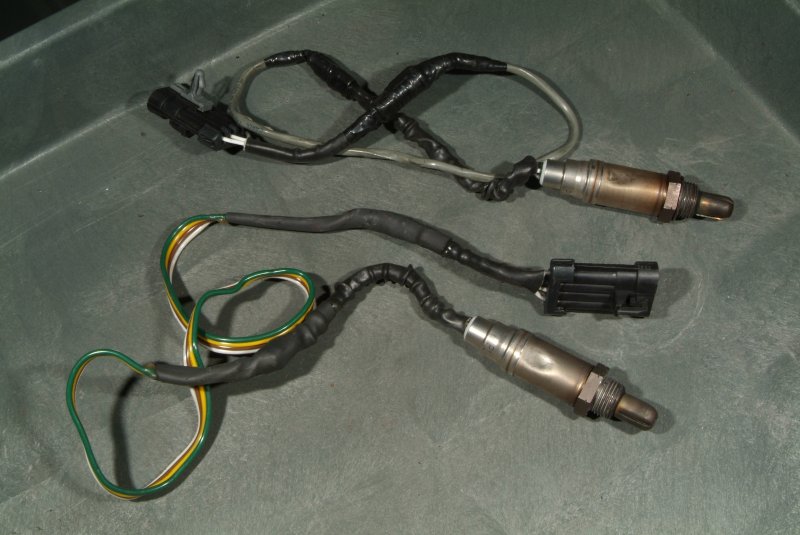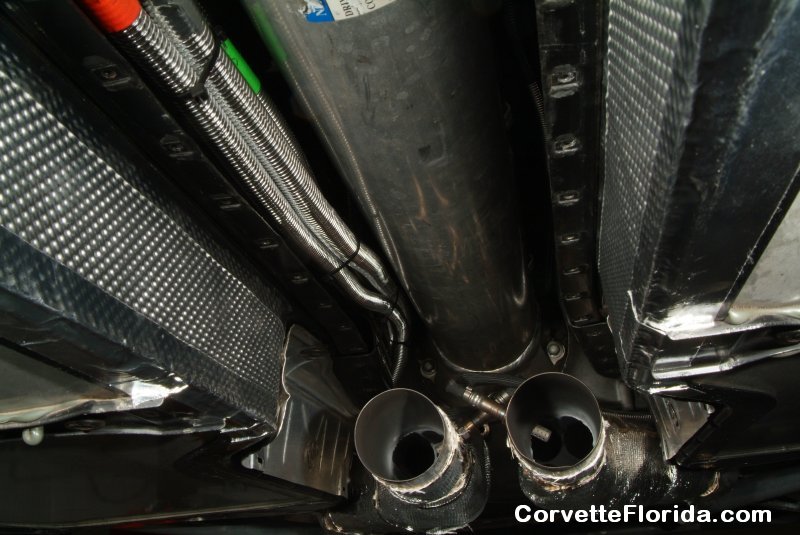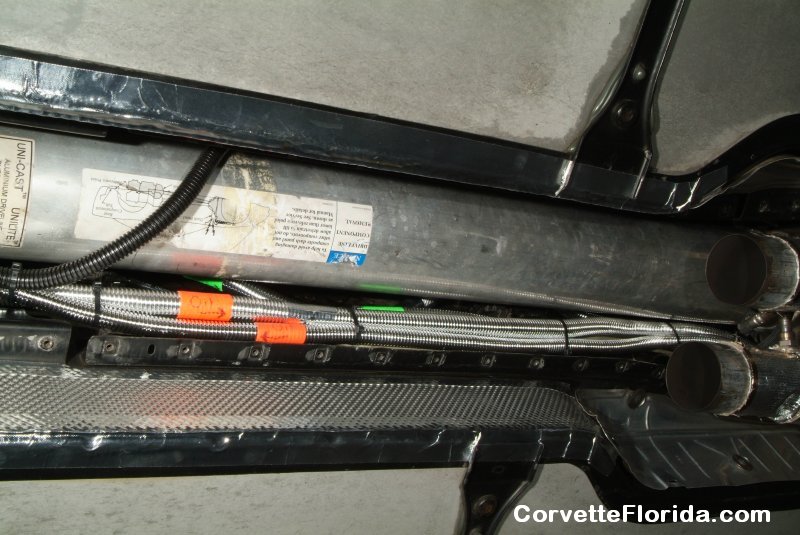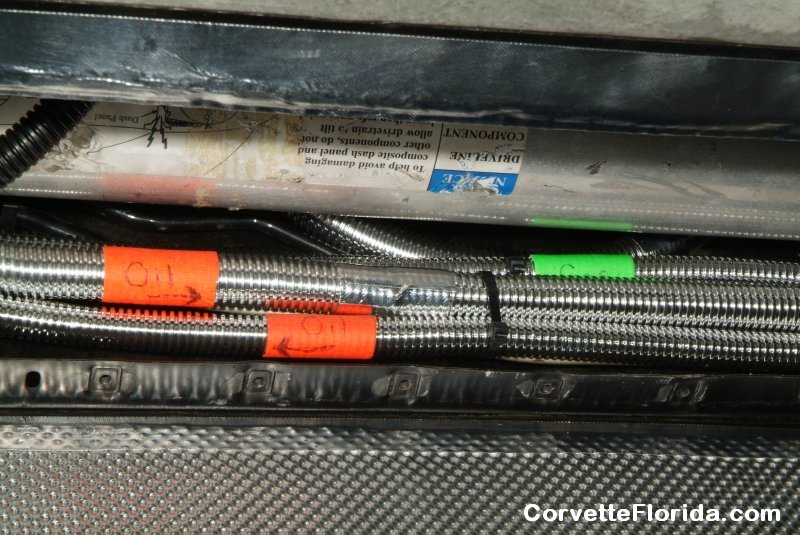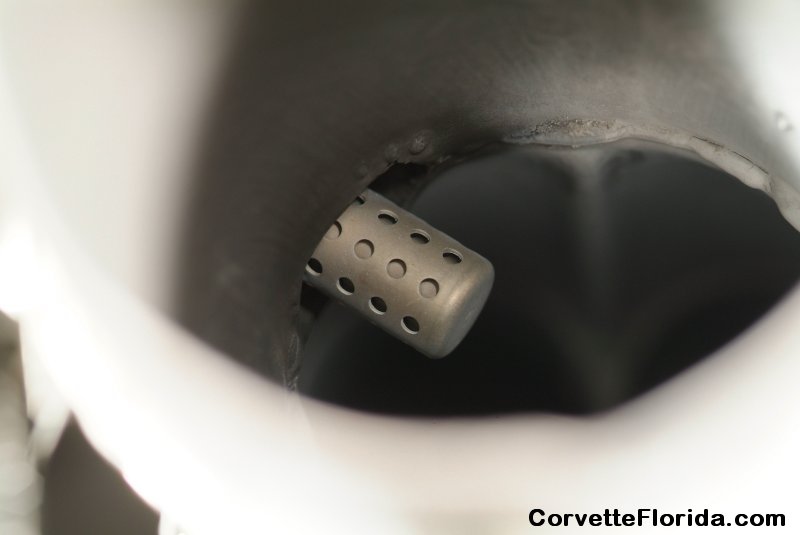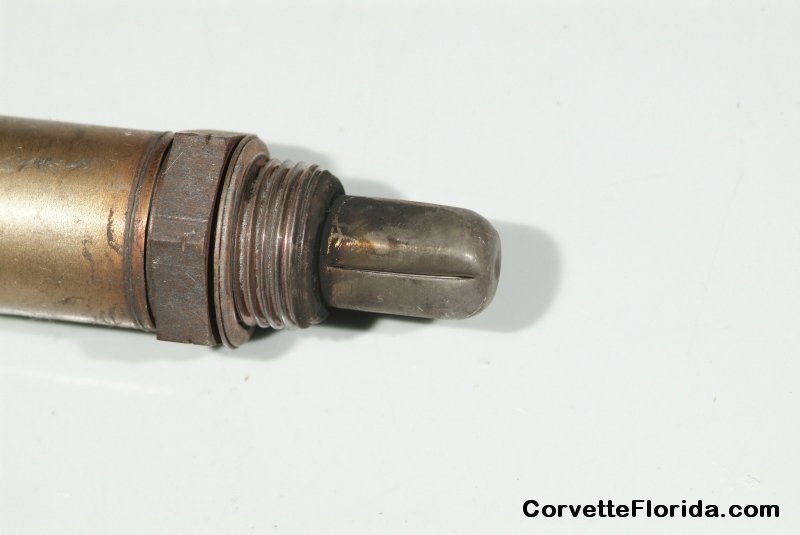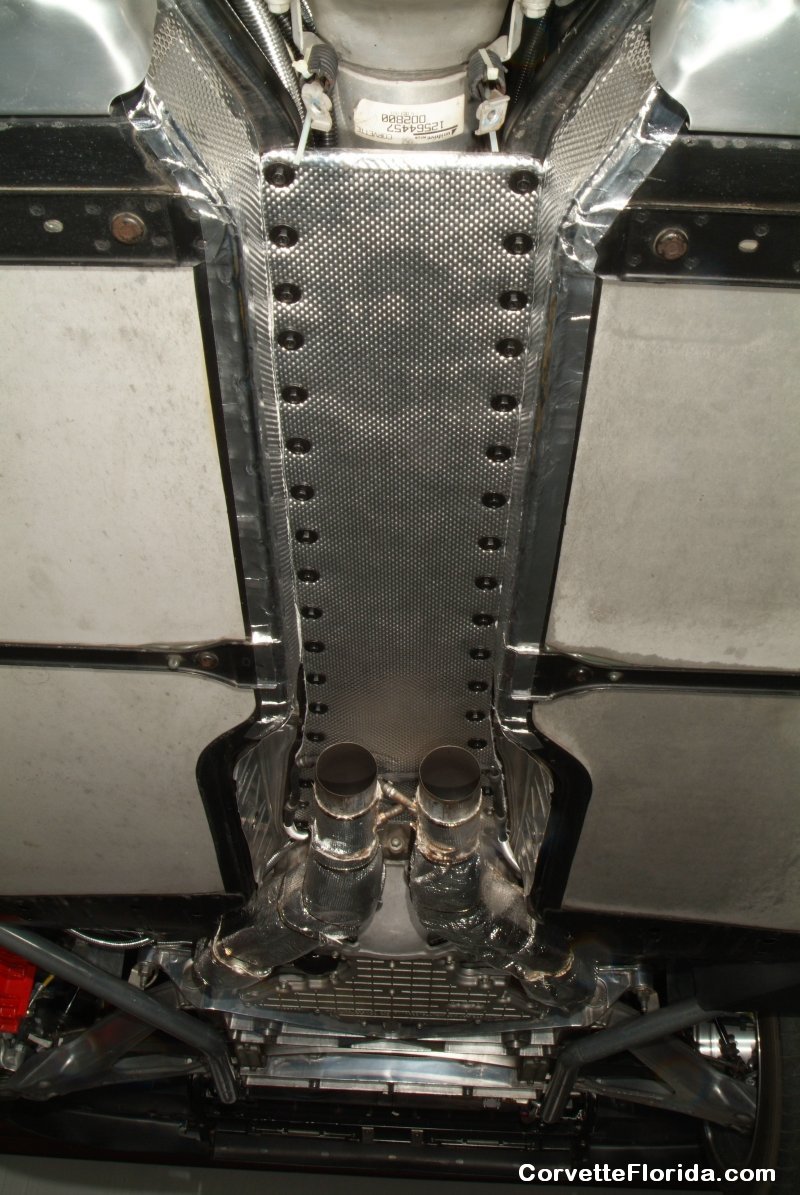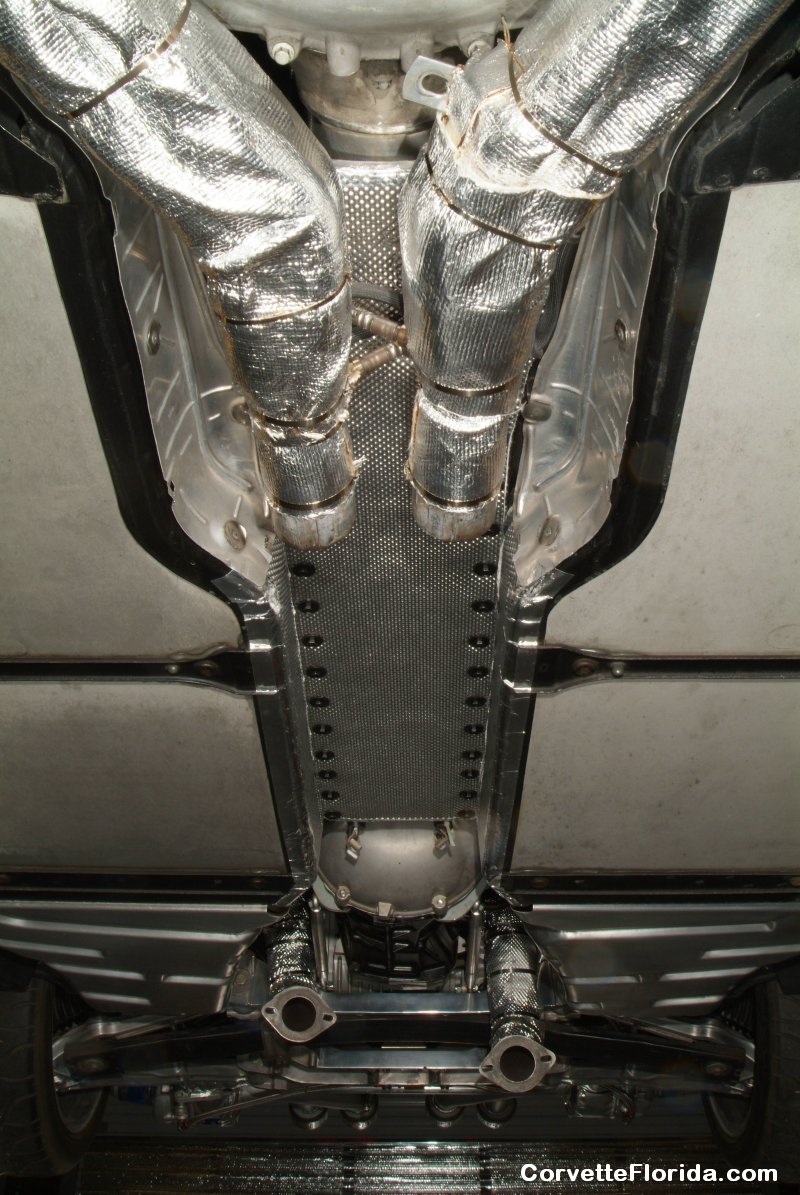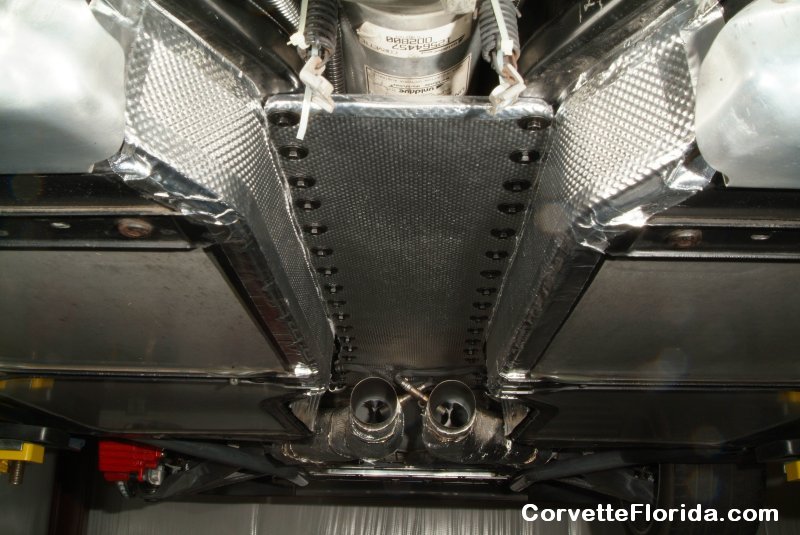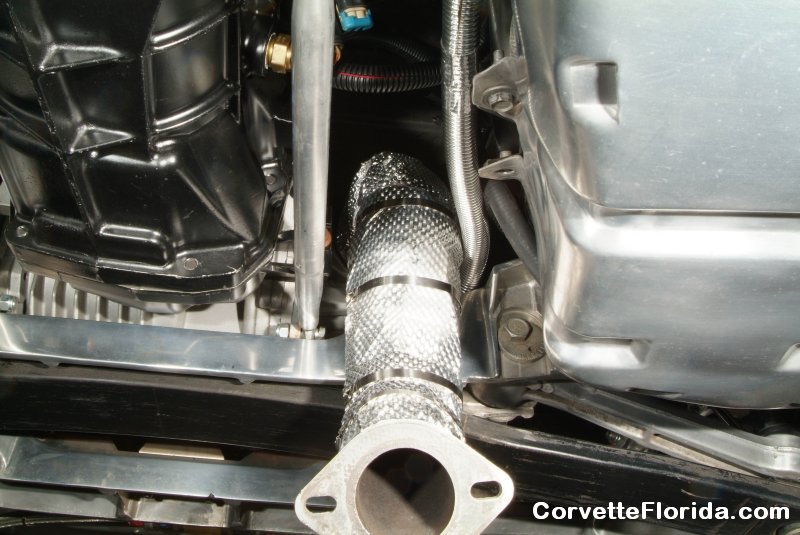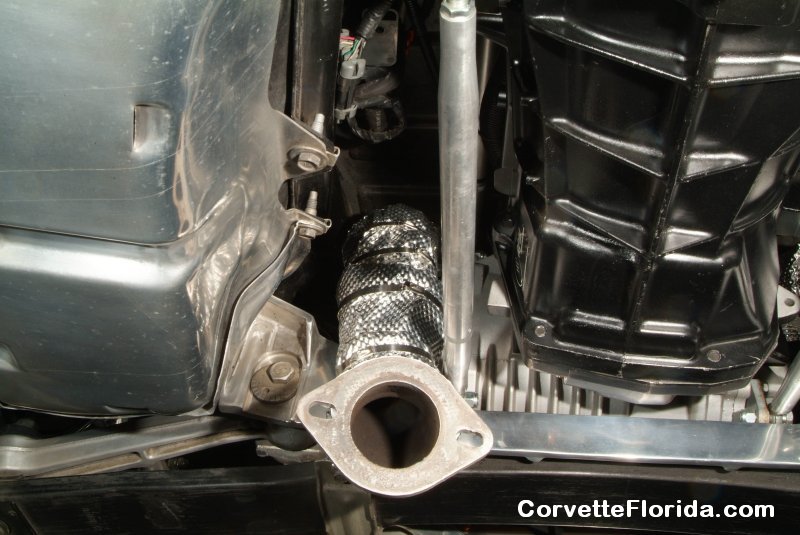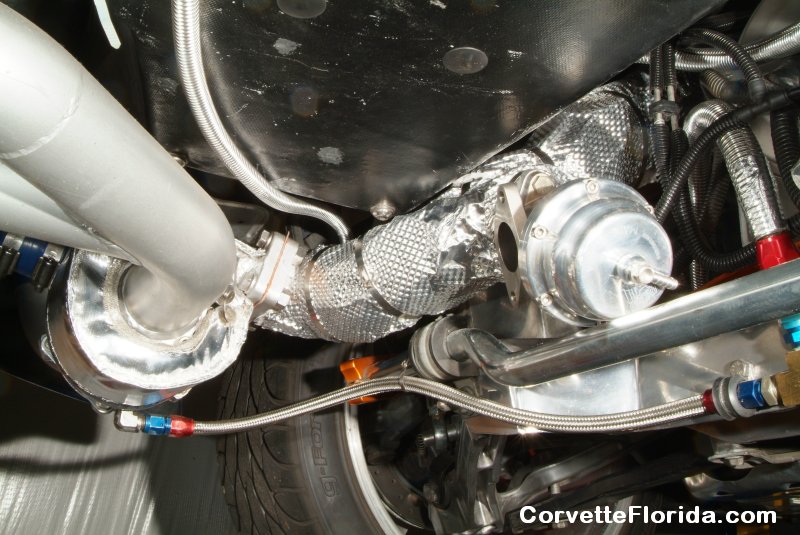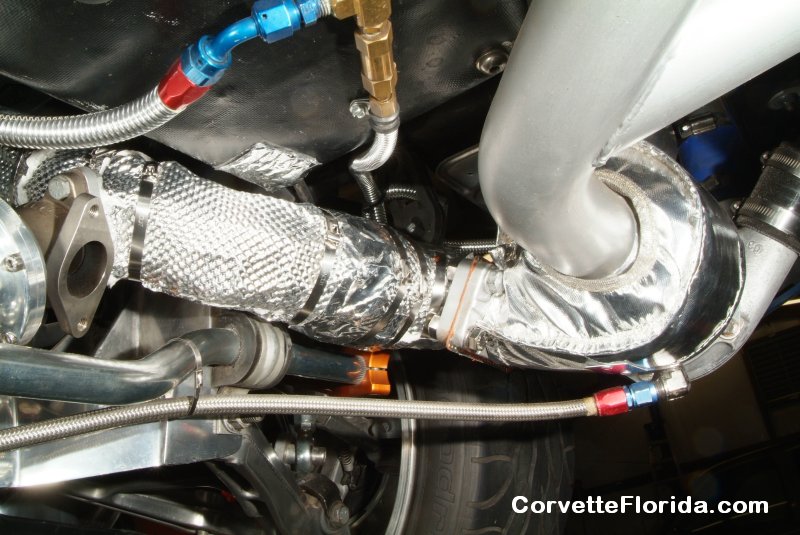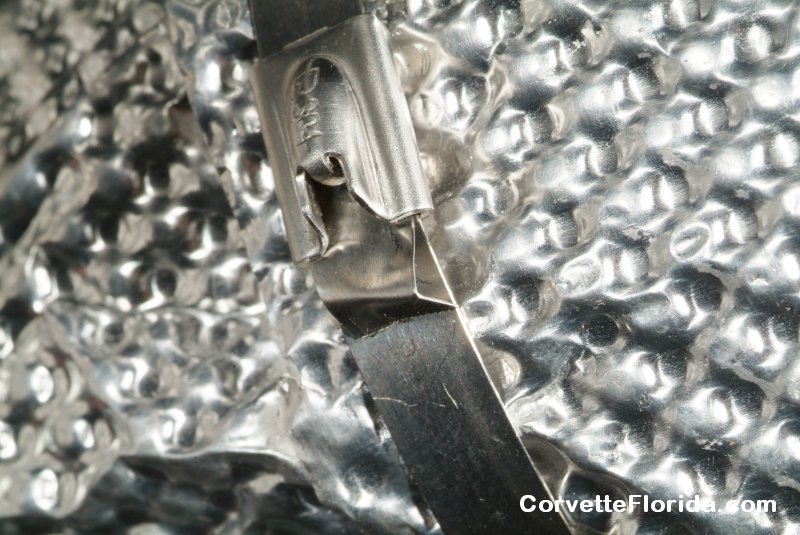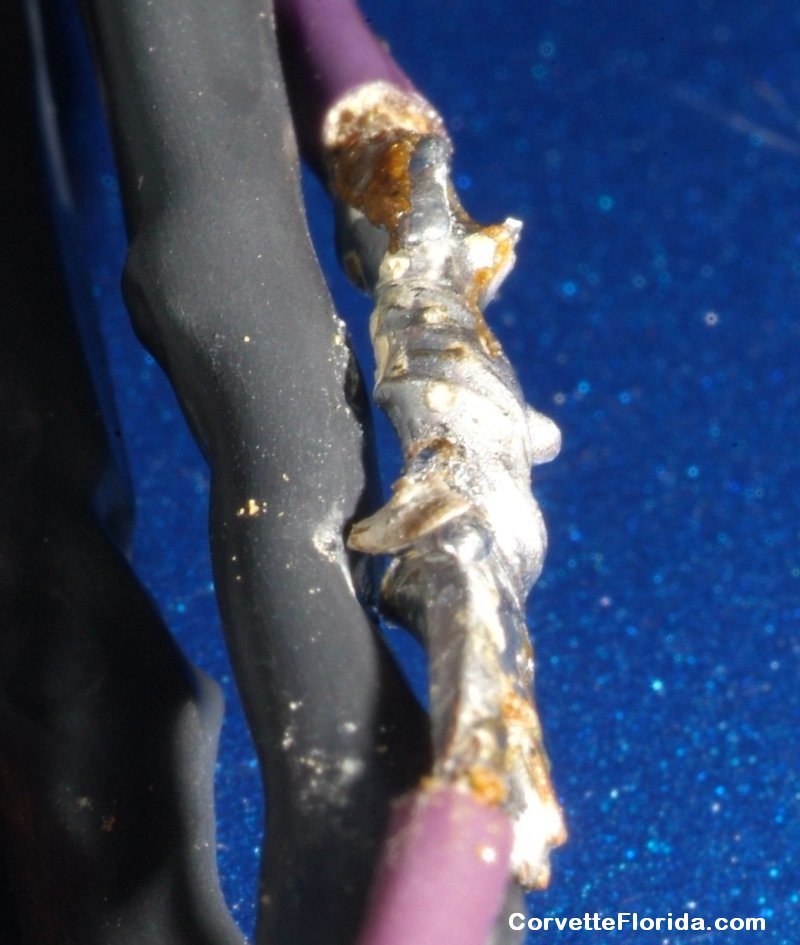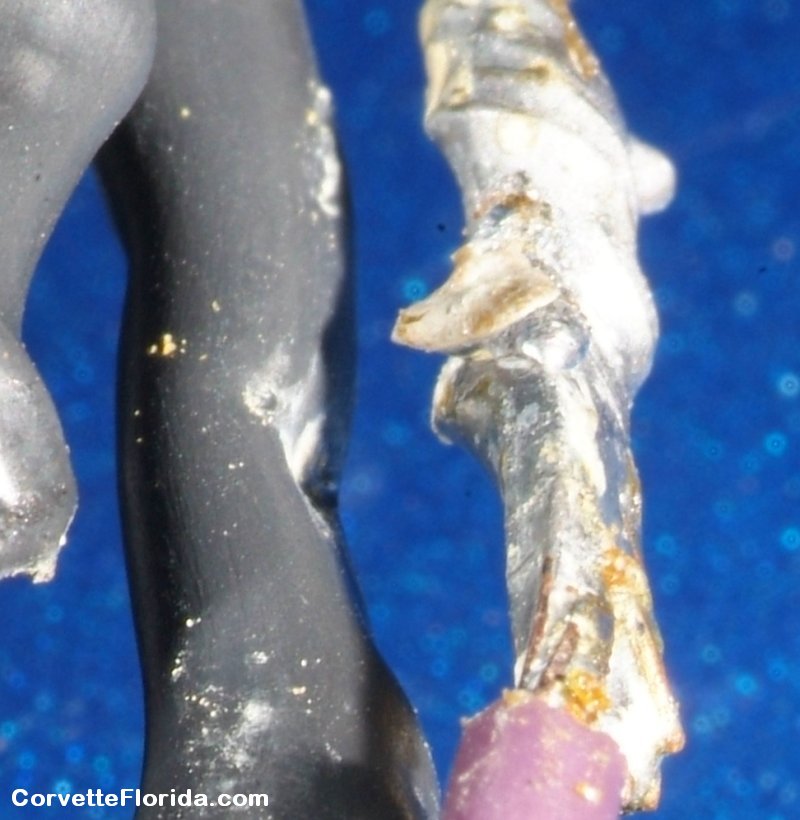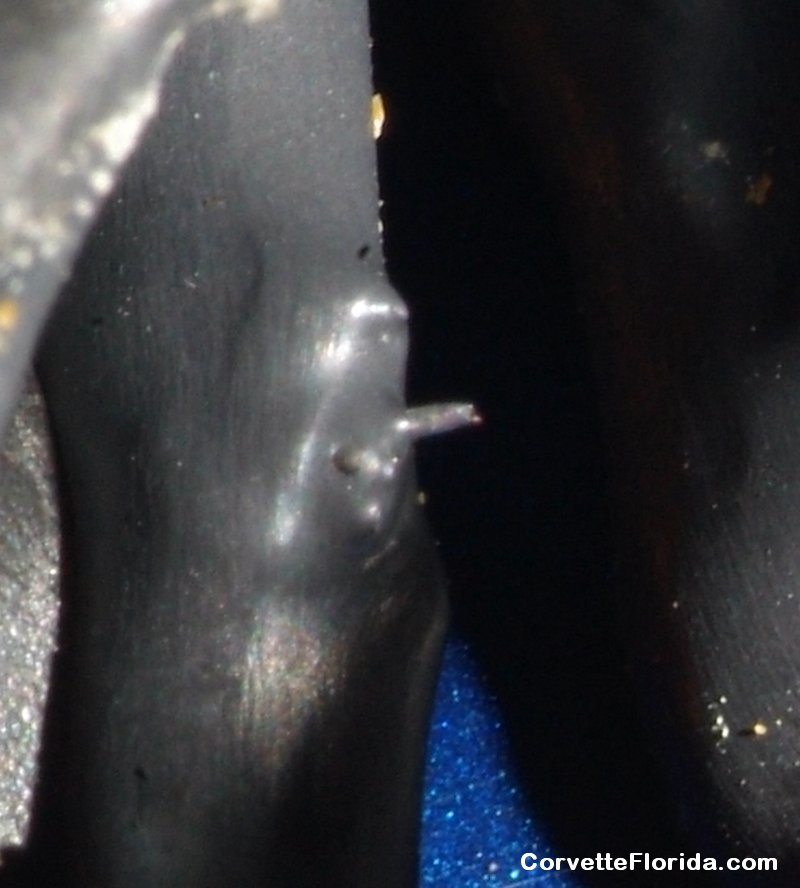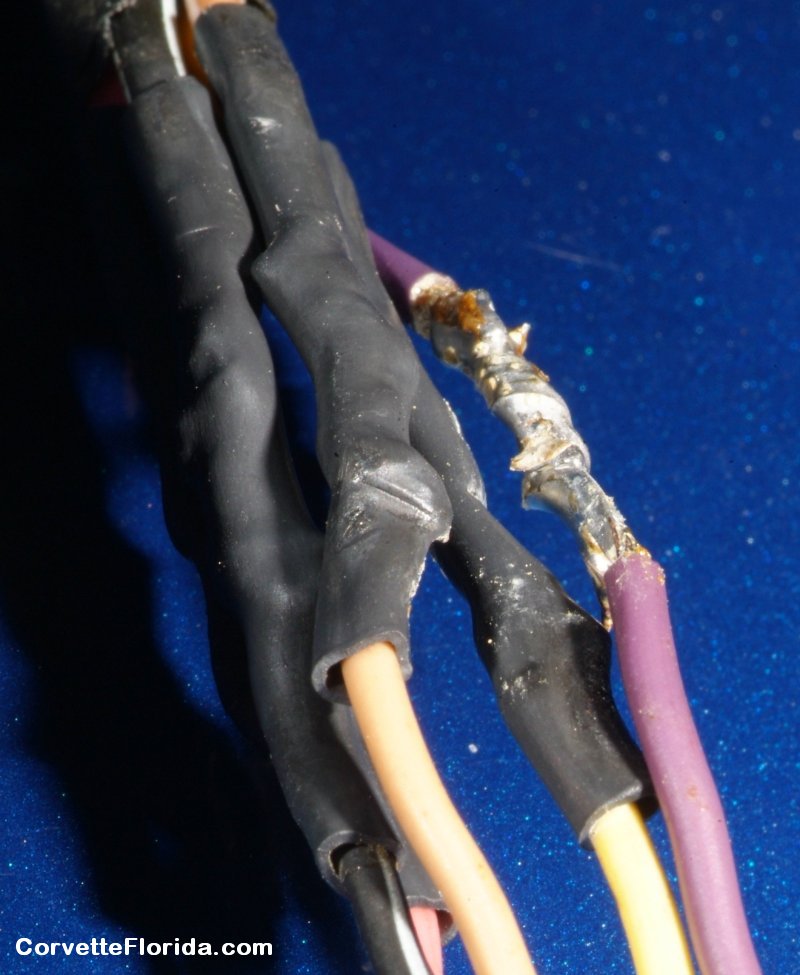Looks like the exhaust leaks are licked. I checked all the joints and not a hint of air flow coming out of them anywhere.
I was planning on taking the car out for a drive, and I had the laptop on, running EFILive, and was logging the warm up cycle to note how it goes from open loop to closed loop. I noticed immediately that the IAT signal was pegged at 284 degrees and staying there. So I apparently had a SOLID failure to track down. The main reason I was going to take the car out today was to do some logging specifically for this IAT problem. I had cleaned the contacts on the connector thoroughly, so I wanted to see if maybe that corrected the problem. Apparently not. Turns out I was barking up the wrong tree anyway.
So I shut off the car and set up the laptop where I could watch it while I was poking around under the hood with that harness. Connie was actually monitoring the screen for me, and she called out when the signal dropped from 284 to 90 degrees or so while I was jiggling a particular section of the IAT/MAF cable harness. So it looked like we had zeroed in to the problem. Hard failures are SO much easier to find than intermittent crap.
So I pulled the insulation sleeve off of the harness to take a look. And here we go:
Whoever did this piss poor soldering job left jagged ends sticking out from the soldered joints, and didn't bother to even cover the purple wire individually. Just plain laziness. So what happened was that a sharp point on the purple wire's joint had cut right through the insulation on the yellow wire and was shorting the two of them together. There were a couple of other sharp points on the other wires, so they may have been poking through the insulation as well. If not now, certainly sometime in the future.
Two things really wrong with this solder job. (1) Before putting the shrink wrap on the solder joints, smooth the sharp solder points down. This can easily be done with no more than needle nose pliers by crimping them down flat against the wire. Actually wrap the two wire ends together properly, and you rarely have sharp points sticking out every which way. (2) With multiple wires being soldered in a harness, stagger the cuts on the wires so the joints aren't right next to a neighboring joint. This not only helps to prevent this kind of problem with shorts, but also keeps you from having a big LUMP in a harness when you try to put a cover over the entire wiring. You know, looks like a snake that ate a big rat or something.
So I crimped the sharp ends in the solder joints, then rewrapped them all with silicon tape. Double checked the signal to make sure the short was gone, then rewrapped the entire harness with insulation and wire wrapped it back in place along the air bridge.
So I believe the intermittent IAT problem has been solved now as well.
Maybe tomorrow I can take the car out for a spin. I didn't hook the wideband controller up again, as I want to burn off any anti-seize compound that might be in the exhaust pipes above the sensor first.
Well, (knock on wood), I think I'm running out of things I need to fix. :thumbsup:

